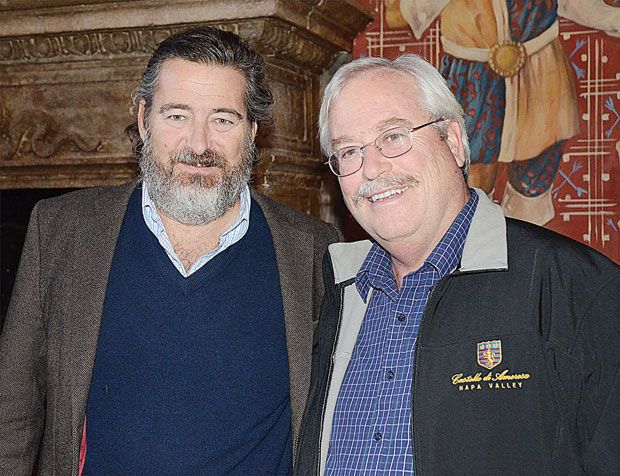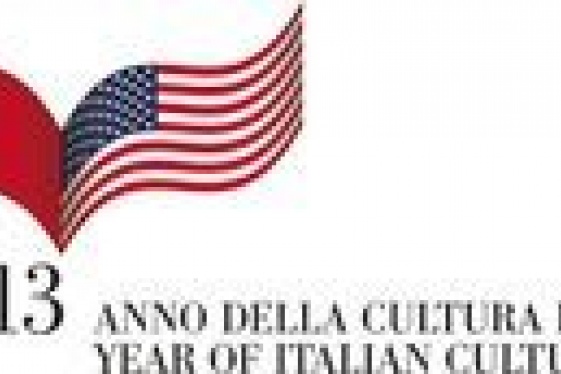
Italian grapes evolve into California wines

Despite its climatic similarities to Italy, California is producing a new and different set of wines with its Italian varietals, a panel of American and European experts said at a seminar in Calistoga this month.
"We have a Mediterranean climate but we have very different microclimates," said Brooks Painter, winemaker at Castello di Amorosa, which hosted the program. "Not only that, we have such a wide variety of soils we're dealing with."
Many of the familiar Italian types, particularly the iconic sangiovese, thrive in Napa County and other parts of the state, and even less familiar ones such as vermintino can find homes in pockets of California.
"Italian varietals are sometimes difficult to grow," said Diego Barison, director of field operations and customer relations at Santa Rosa's NovaVine. "You have to adapt culturally."
Because of varying climates, production styles and consumer tastes, however, the grapes from the two countries evolve very differently in their path to the bottle, the experts said.
"It's almost like they are two different varietals," said Bob Pepi of Napa County's Andretti Winery, comparing the sangiovese produced in the two countries.
California tends to emphasize "amazing, bright fruit" and lower levels of the acid than many Italian versions, which he described as "more complex."
That Italian style of winemaking can be forbidding to American consumers, said Sebastiano Rosa, the Italian winemaker who consults with Castello di Amorosa and whose family pioneered a modern form of sangiovese, commonly known as the Super Tuscan.
"It's a wine that takes a little more thinking when you drink it," Rosa said, but he believes that non-Italian consumers will embrace it.
One hindrance to the broader spread of Italian wines in California is price: not that it is too high, but too low.
"In our county and Central California, there is a little bit of a glass ceiling" on price, Painter said. "There is pushback from the consumer."
That leads wineries in prime territory such as Napa and Sonoma counties to push for familiar, consumer-friendly products such as cabernet sauvignon and pinot noir that can command higher prices.
Pepi, whose family was a pioneer in Italian-style wines in Napa County, said there is room for a solid culture of well-made Italian wines here, "but on a small scale."
"There is room for 500 or 1,000 cases of great wine," Pepi said. "That's what creates excitement" for serious wine consumers.
But, he admitted, "We didn't start growing these to make money."
You may be interested
-
“The Art of Bulgari: La Dolce Vita & Beyond,...
by Matthew Breen Fashion fans will be in for a treat this fall when the Fine Arts Museums...
-
13th Annual Galbani Italian Feast of San Gen...
In September of 2002, some of Los Angeles' most prominent Italian American citizens got to...
-
1st Annual Little Italy Cannoli Tournament
Little Italy San Jose will be hosting a single elimination Cannoli tournament to coincide...
-
A Week in Emilia Romagna: An Italian Atmosp...
The Wine Consortium of Romagna, together with Consulate General of Italy in Boston, the Ho...
-
Candice Guardino Brings GILDA AND MARGARETTE...
Candice Guardino is adding to her list of successful theatrical productions with the debut...
-
Cooking With Italian Red Wine
Wine has a long, rich history as a cooking liquid. One of the early "cookbooks," compiled...
-
Festa Coloniale Italiana 2012
We are very excited to announce that on Saturday, August 11, The San Francisco Italian Ath...
-
ISSNAF medical imaging science chapter meeti...
AGENDA 12.00 – 12.15 Light lunch12.15 – 12.30Welcome addresses Lorenzo Mannelli, MD, PhD...










